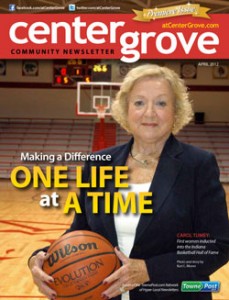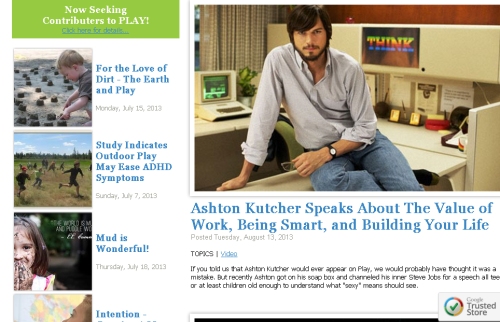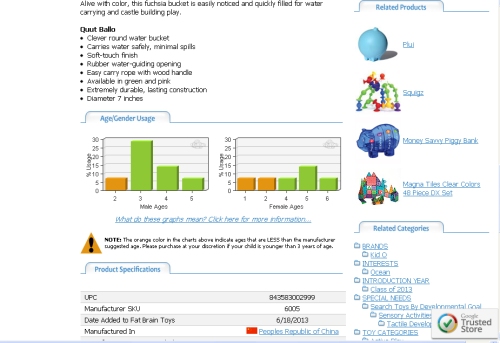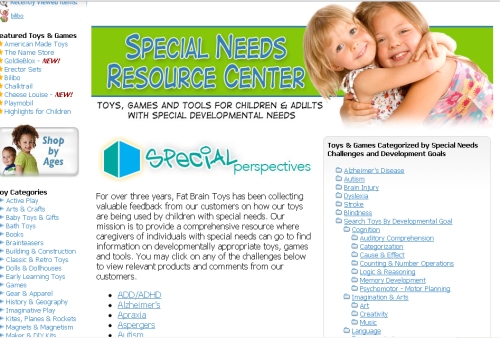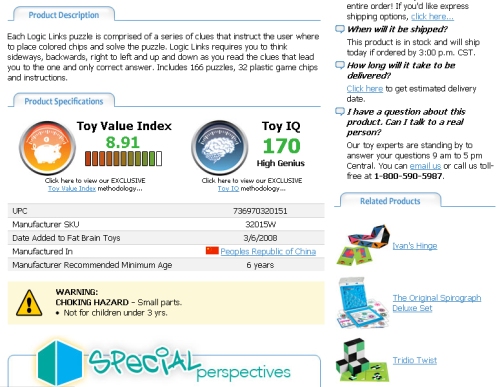Content on the Internet will continue to be needed.
Could an under-riding current, force, or attitude ever topple the rigorous success of today’s Internet giants? As spring conference goers chatter about high-tech wearables and ranking methodologies, business appears to march forward- as usual. According to the US Census Bureau, in 2005 about $5,498 million was earned in publishing and broadcasting content on the Internet. Plunkett Research expects that number to grow to $61.4 billion in 2017.
Google’s Hummingbird update paved way for deeper, more semantically relevant and meaningful content to exist for a very long time. Consumers want to interact, understand concepts, and contextualize ideas. Hummingbird makes it faster for consumers to find those answers and it depends heavily on the planet’s best writers and producers to deliver the words, pictures, and videos needed for consumption.
It seems like Google is poised to stay at the top of its game for years to come.
Many remain skeptical of the Internet.
But, according to the NY Times in May 2013, about 15% of US adults still don’t use the Internet. Tens of millions of people in the US are not plugged into computers for a variety of reasons including “lack of interest, lack of skills, or computer illiteracy.” Given the recent €150,000 fine for privacy violations in France, there are large populations- even governments that remain pensive about spying, data collection, and bitcoins being exchanged on the Internet.
While there is often a knowledge discrepancy between those who manipulate the mechanics of the Internet and those who consume its content, consumers aren’t ignorant of what makes them uncomfortable.
Business is more competitive online today.
Even those who work within the search industry freely admit that staying abreast and ahead of the rapid changes is crucial to survival in the space. Some have replaced their SEO services with a hip suite of content marketing services, inbound services, publishing services or link removal services to stay current, but the costs of the industry’s leading software and manpower to deliver those services aren’t cheap. Each year the space becomes more and more competitive because online advertising dollars spent are increasing.
The Theory of Disruptive Innovation
According to Clayton Christensen, Harvard Business School professor, disruptive innovation “describes a process by which a product or service takes root initially in simple applications at the bottom of a market and then relentlessly moves up market, eventually displacing established competitors.”
It is conceivable that the innovator who embraces the concerns of the fifteen percent of the population still holding out against technology, could force the Goliaths in the Internet industry to stumble or to fall- even though that appears improbable from today’s vantage point. After all, anyone reading this post is probably not in the fifteen percent.
Revamping offline
I recently met a gentleman who sells high-quality, community magazines, which include articles and pictures of new residents, community happenings, meet-ups, and local features. The writers live within the communities and often include resident teenagers, who are required to perform community service for their schools.
The company sells local and national advertising in these magazines and delivers the magazines for free to residents. When I asked how it was that people were willing to share such intimate descriptions and pictures of their children’s activities, schools, interests, favorite vacations, and other details with the friends and strangers in their neighborhoods, the gentleman said, “Well, it’s a closed community. We let people know that nothing goes online. Each community is affluent. Advertisers want to reach these decision-makers in their homes- away from the office.” The equation works even though many online versions of magazines exist today.
This offline, mini-version of Facebook generates millions of dollars a week. While the model might be a throw-back to an era gone-by and it’s naïve to think that content wouldn’t end up online, the magazine’s laser-like focus on local, micro-communities is nonetheless finding avenues to reach the elusive 15%.
What are the attitudes consumers harbor, but don’t necessarily express and do any of those silently resonate with the majority who do work online, but are frustrated by credit card security lapses and account hacks?
Think of the seventies clothing some wore as kids, laughed at as teens, and then revamped and wore again as adults.
Could social media, search, content creation, and advertising be disrupted by retro-like, offline versions in the future?
Anything is possible.

